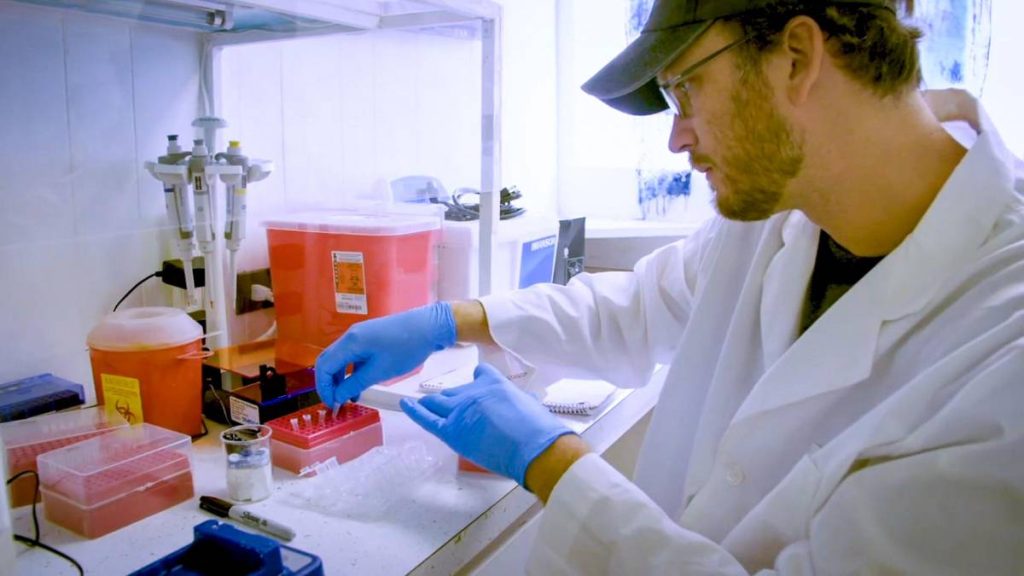UH Mission to Find Lunar Ice Gets $3M NASA Boost
A University of Hawaiʻi at Mānoa project to detect ice deposits below the surface of the moon has received a nearly $3 million boost from NASA.
According to a UH press release, five scientists in the Department of Physics and Astronomy and Hawaiʻi Institute of Geophysics and Planetology were awarded a three-year, $2,945,704 grant to develop technology for the NASA Cosmic Ray Lunar Sounder mission, which was initiated by UH-Mānoa and NASA’s Jet Propulsion Lab.
“CoRaLS is the best and only way to probe for ice deeply and widely enough to conclusively discover or deny the existence of buried coherent ice deposits on the Moon,” said Emily Costello, a postdoctoral researcher/affiliate faculty at Hawaiʻi Institute of Geophysics and Planetology.
The UH team will work with colleagues from the NASA Jet Propulsion Lab, the University of Chicago and Ohio State University on the project, which is slated to begin later this year.
CoRaLS hopes to be the first mission to detect subsurface ice below the first meter, therefore having a unique opportunity to further lunar science and identify crucial resources for future manned and unmanned missions to the moon.
Extensive ice deposits have been found in the permanently shadowed regions of Mercury, but so far only traces of ice have been found on the surface of lunar permanently shadowed regions, and active radar measurements sensitive to the top meter or so of the layer of debris on the moon’s surface show no clear signal yet from extensive ice deposits.
Given expectations from the way meteor impacts change the surface of a planetary body, the extensive ice deposits on the surface of Mercury are expected to be less than 10 million years old, suggesting their source is sudden and voluminous. These considerations leave the possibility for extensive ice deposits below the first meter of the moon’s surface.
If these ice deposits exist on the moon, they will have been created by random impact events, and because they are random in nature, the CoRaLS mission must be able to probe deeply and across a large area.
CoRaLS is a new spacecraft concept for detecting extensive water ice deposits using the radio signals produced by ultra-high energy cosmic ray particles, according to the release. The moon’s surface is continually bombarded by cosmic rays, and the most energetic of these produce strong secondary particle cascades within the debris layer.
These particle cascades are similar to bolts of lightning within the lunar soil, and provide a natural radio signal that can be exploited to search for extensive ice deposits.
Due to the lack of an atmosphere, the cosmic-ray particles enter the layer of debris on the moon’s surface unimpeded, providing a unique opportunity for an orbiting spacecraft observatory to use their radio emission as a natural subsurface probe. Orbiting spacecraft can detect the resulting radio signals and make an unbiased map of the subsurface reflectivity at discrete locations spread out over the entire moon.
The funding will be focused on developing and testing new antennas and radio receiver systems that are optimized for the expected signals that CoRaLS will encounter, and are designed to survive the harsh radiation environments the spacecraft will encounter in lunar orbit.
















